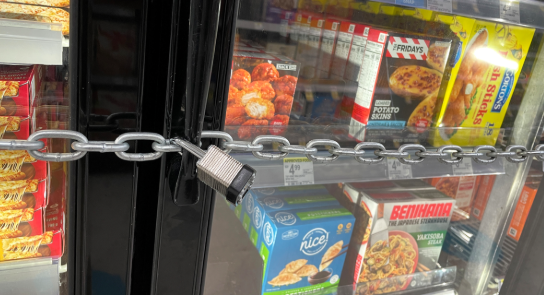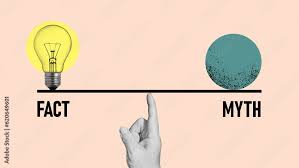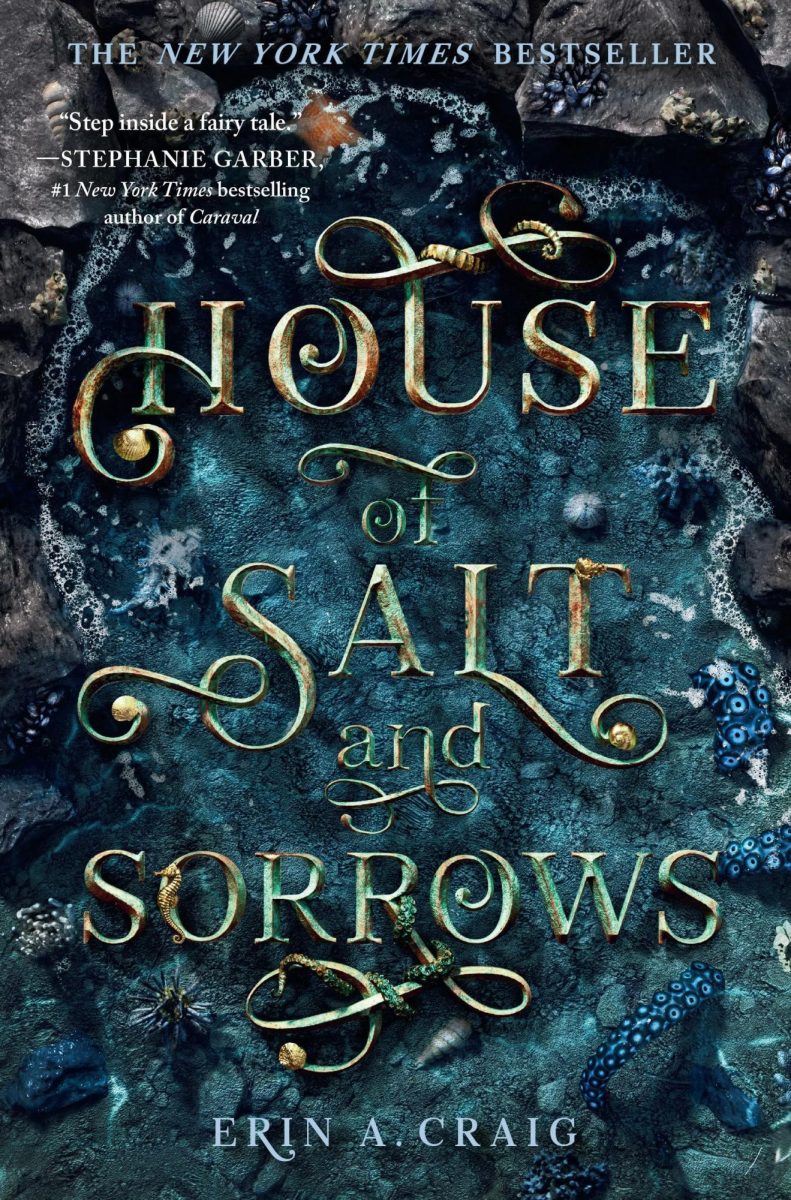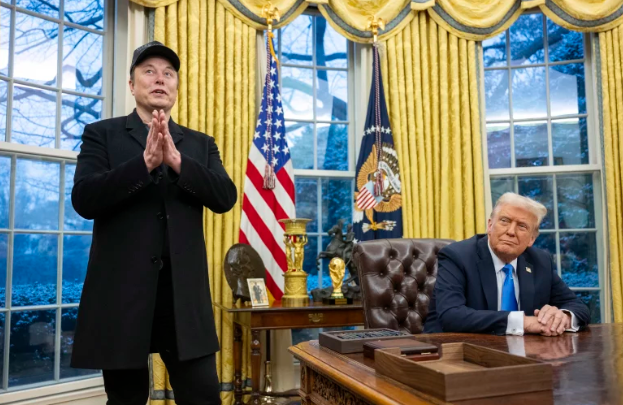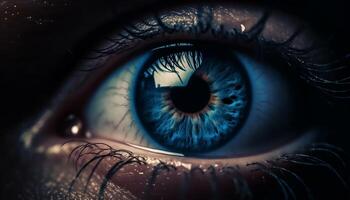Shedding Light on Animal Cruelty
June 9, 2021
Recently, I’ve seen a great amount of information being shared about the unnecessary and inhumane treatment of animals in regards to using them for testing. I’m sure many readers have seen the heartbreaking short film made by The Humane Society of the United States called “Save Ralph”. It shows a bunny talking about his everyday life being a part of the animal testing company and being used for testing. Although I had already believed animal testing was cruel, when I saw this video I wanted to learn more about it and to shed more light on it to others.
Animal testing uses domestic animals. These are animals that we may own as pets in our home such as mice, fish, rabbits, cats, dogs, horses, pigs, monkeys, rats, hamsters and more. These animals are subjected to experiments to test cleaners, cosmetics, additives, medicines and other items in order to ensure that it will be safe for human use. They are put on the job to be abused in order to make sure we can have our luxuries.
The waves of pain that the animals have to encounter are endless. Some of the procedures that are forced on the animals include injection of chemicals, forced inhalation, forced eating, deprivation of food and water, inflicting pain to study how the body heals along with reactions to pain, behavioral experiments, clipping ears or tails off, genetic manipulation and much more. Effects of these experiments include but are not limited to illness, stress, shock, pain and of course, death. Who are we to use these violent procedures on peaceful, living animals? Considering all the more efficient alternatives, animal testing is selfish and morally wrong.
The ‘3Rs’ are commonly used to explain the alternatives for animal testing. The first ‘R’ discusses Replacement. Howard Carol, the Communications Coordinator for John Hopkins Center for Alternatives to Animal Testing, explains that there are several different alternatives to animal testing that companies should indulge in to conduct more humane testing science. He states “I explained to him about the ‘3Rs’ of alternatives: replacement, reduction, and refinement. Replacement is what most people think of when you say “alternatives to animal testing”. The animals are replaced, either by methods that don’t involve animals at all (mannequins, computer simulations, etc.) or by in vitro (literally, ‘in glass’) techniques, where the studies are done with cells or tissues in culture.” So, if a product was tested on animals, the animal itself would become wholly damaged if it wasn’t safe and possibly die. If scientists experimented on cells or tissues, it would only be partially affected. Howard continues to explain that the other two of the 3Rs is Reduction and Refinement. This means that scientists should reduce the amount of animals tested on so not as many have to endure the pain that comes with being tested on. Although reduction and refinement still contain testing on animals, which is repulsive, it is better than no change at all. Ideally, animal testing should be completely replaced with another method.
Luckily, many companies are switching to creating cruelty free products. Dove recently banned animal testing on all of their products and announced the change through a commercial. Also, Tarte, a well-known make-up brand that I use myself, has been cruelty free since 2000! These of course aren’t the only companies that have switched to becoming cruelty free brands. Despite the amount of brands switching to cruelty free, there are still inhumane experiments occurring for general scientific knowledge. There is still change to be done.
Sources:
Howard, Carol. “Yes, Dad, There Are Alternatives.” AV Magazine, vol. CXIII,
Spring 2005, pp. 14-15. Gale in Context: Opposing Viewpoints, link.gale.com/
apps/doc/EJ3010002240/OVIC?u=nysl_li_erjs&sid=bookmark-OVIC&xid=9b529a66.
Accessed 4 June 2021.
Humane Society International. 21 Oct. 2012, www.hsi.org/news-media/about/.
Accessed 9 June 2021.
